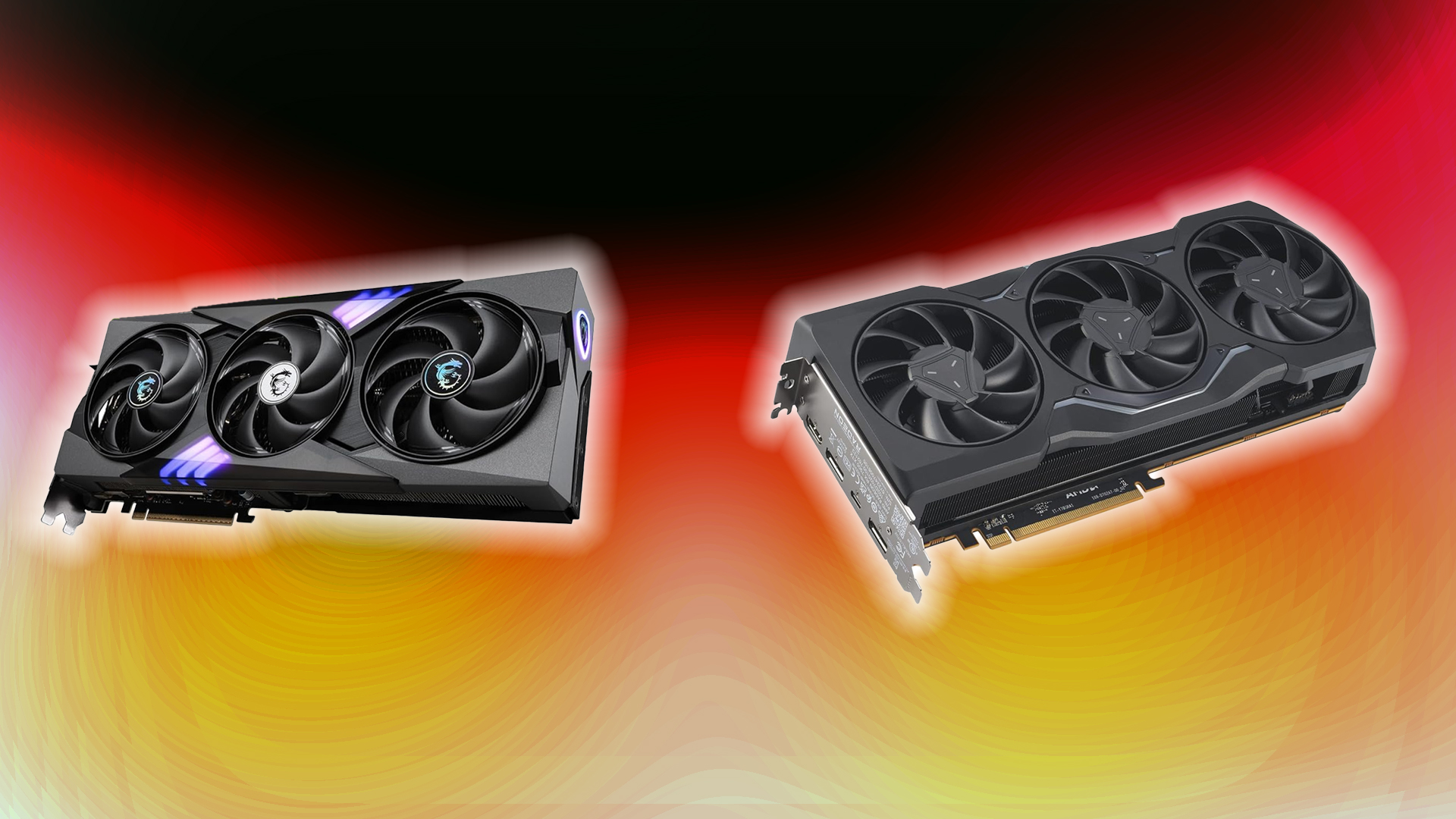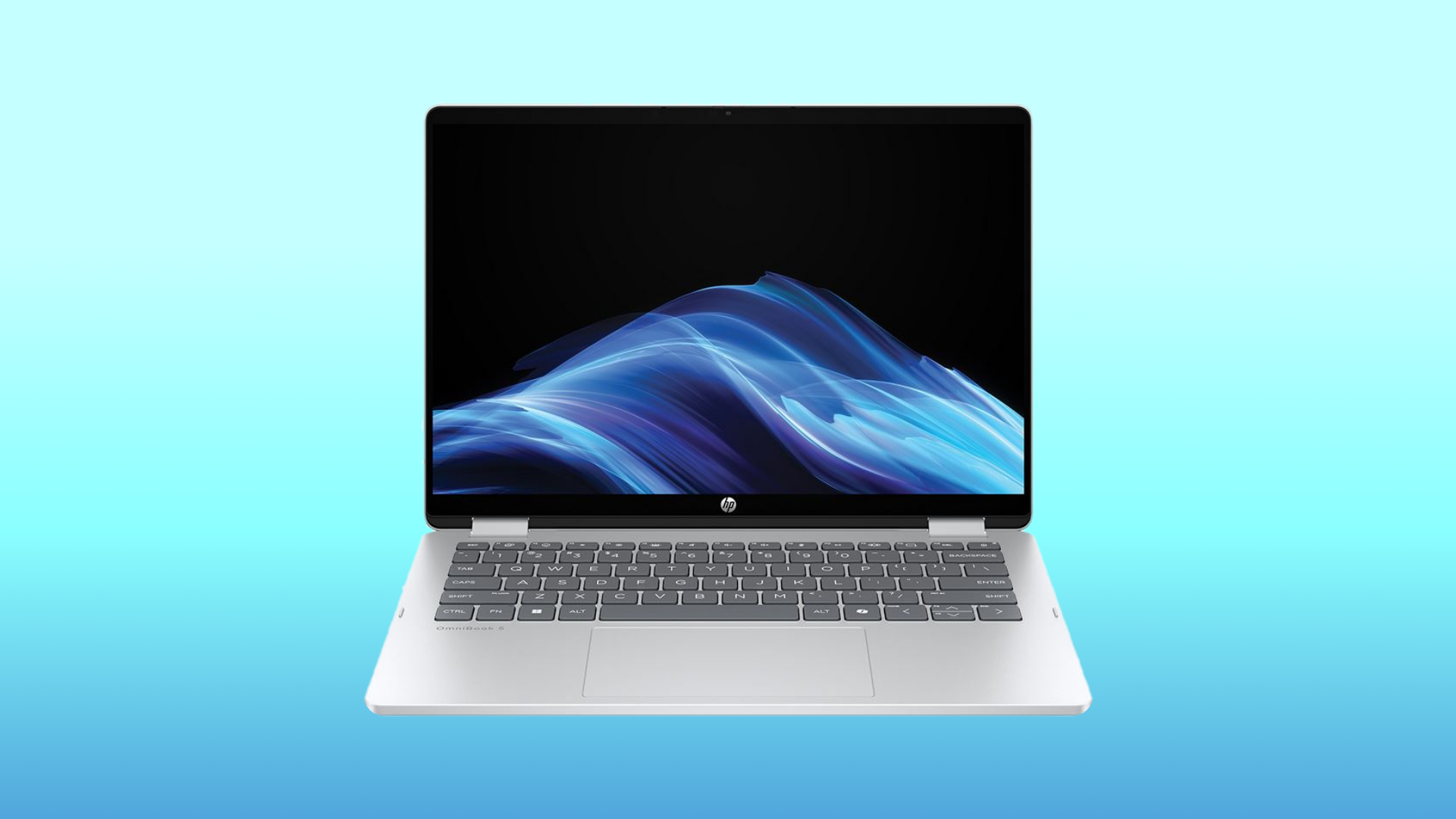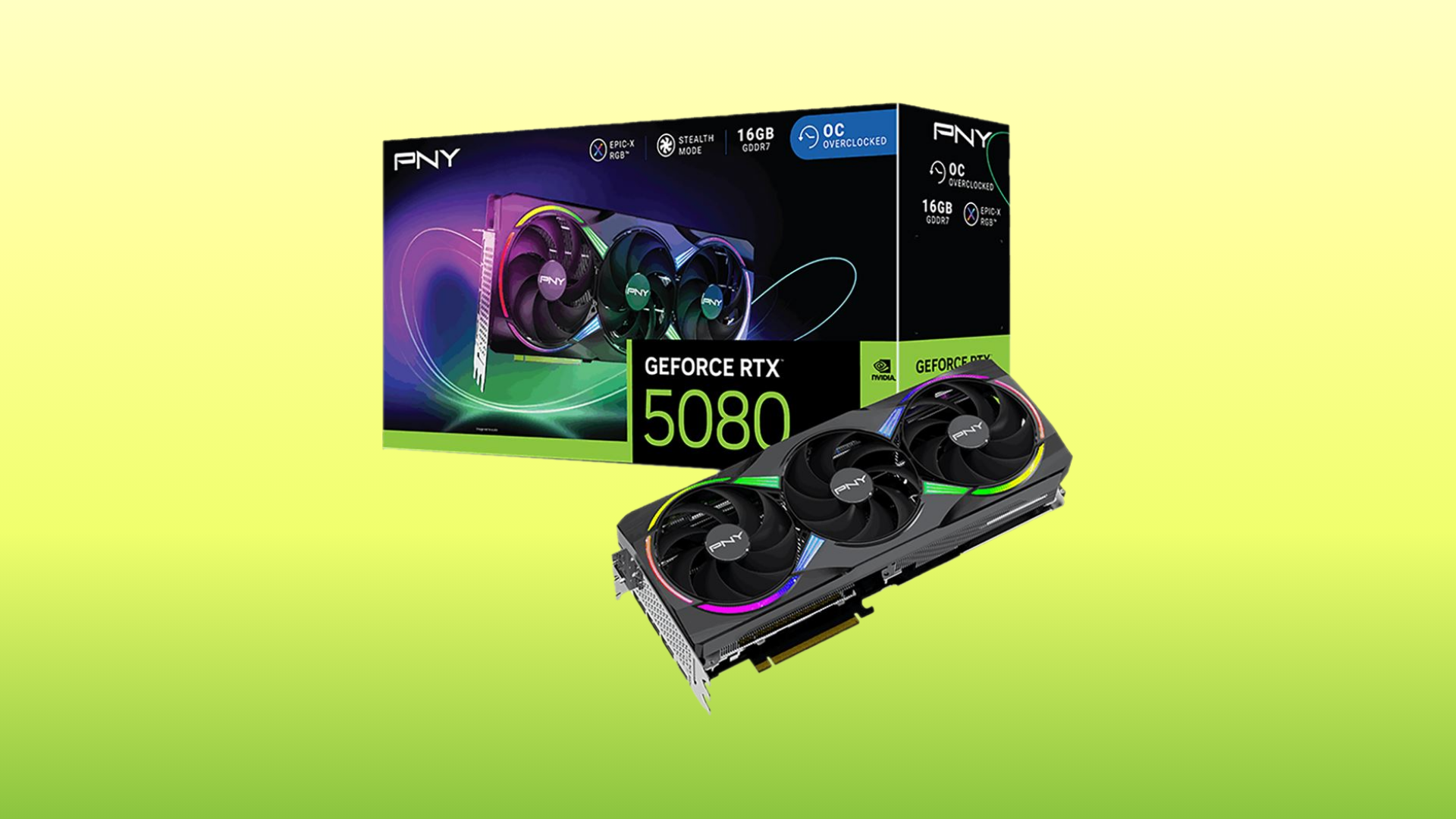These 5 essential features determine the gaming, multi-threading, and power efficiency of your CPU. Stay tuned for more.

With so many CPU options on the market from both Intel and AMD. Which one should you choose becomes a difficult question to answer. For many, the question of platform longevity arises, while for others, the consideration is buying once and upgrading within the next 5 or 7 years.
So, which CPU should you buy? This question isn’t just answered by the budget itself, but instead requires a thorough brainstorming of what to pick based on information available across the entire platform. Cutting to the point, these are the five features you must look for before getting a new CPU.
Note: We are skipping microcode-related factors that affect CPU voltages, hinder performance, and other complex topics in this discussion. While these issues are alarming, they can be avoided by not upgrading the motherboard’s BIOS or by limiting CPU performance.
Read More: 5 Essential Features To Look For When Buying a New RAM
1. CPU Cache (L1, L2, L3 Sizes)

If you are a gamer, and all you do on your computer is gaming, then picking CPUs with the 3D-Vcache will make the most sense. 3D-VCache, also known as X3D, is available on several AMD CPUs. One such example is the Ryzen 7 9800X3D, an 8 Core model that can fully maximize the RTX 5090 GPU. Apart from gaming, cache size doesn’t matter unless you are chasing synthetic benchmarks such as Y-Cruncher world records.
2. Core Counts (and Threads)

If you are a content creator who loves to tune hardware and play games, the Ryzen 9 9950X should be the one to go for. At this point, even though it would be significantly cheaper, we would not recommend getting the 14900K, as the LGA 1700 platform has reached its end of life. However, AM5 has tremendous potential, thanks to the Zen 5 architecture, which operates at significantly lower power than Intel. To extract maximum gaming performance out of this chip, you need to tune it, customize RAM timings, and more. Once you do tune it, the outcomes are pretty rewarding.
If you are a budget-conscious buyer looking to upgrade after 5 to 7 years. Then we would shift to Intel and recommend all 14th-gen processors, whether it be gaming, content creation, or streaming. The sheer value that the 14th generation provides is unbeatable. At sale events, you can also enjoy incredible discounts.
3. IPC (Instructions Per Cycle)

IPC measures how efficiently a CPU executes instructions per clock cycle. In short, many enthusiasts pay for these upgrades, as IPC directly relates to how efficiently the CPU performs, drawing less power to accomplish a specific task.
A higher IPC means better gaming performance, improved multi-threading, and lower power consumption. In terms of efficiency and IPC advancements, we recommend the AMD Ryzen 9000 series over the Core Ultra 200 series. Newer generations of CPUs often clock higher due to the use of better silicon nodes and, at the same power, offer better performance.
IPC can also be increased by tuning your memory, especially by tightening secondary timings to reduce the latency in communication with the CPU, resulting in increased efficiency and higher performance.
4. TDP (Thermal Design Power)

TDP is a metric that indicates power draw and heat output. Depending on your build style, Full-ATX, M-ATX, or mini-ITX, TDP is a vital factor. CPUs available on the market, from both Intel and AMD, along with their base-level TDP. However, TDP can also depend on your motherboard settings and the type of load you apply to your CPU.
For example, the Core i9-14900K markets itself as having a 125W TDP, but in real-life cases, it draws nearly 300W on a Z-series motherboard. Before selecting a CPU, thoroughly research the TDP information online. After that, ensure you provide an adequate CPU cooler to keep your CPU cool. In simple terms, a high-core-count CPU will draw more power and produce outstanding multithreaded results, while a low-core-count CPU will be more efficient and applicable for casual use cases.
5. IHS (Integrated Heat Spreader)

IHS is a big talking point that most people entirely skip. IHS is the material that sits between the CPU die and your heatsink’s contact plate. It is directly responsible for transferring heat from the CPU to your cooler. Currently, both AMD and Intel utilize indium solder above the CPU die to enhance heat transfer. However, there are problems; the IHS thickness acts as a barrier, followed by the texture of the IHS’s surface, and many more.
As a remedy, on both AMD and Intel platforms, we highly recommend using a contact frame from Thermal Grizzly or Thermalright. This will ensure that air pockets during the cooler’s contact process are minimized, and heat transfer is not hindered.
Read More: 5 Essential Features To Look For When Buying a New GPU
Looking For More Related to Tech?
We provide the latest news and “How To’s” for Tech content. Meanwhile, you can check out the following articles related to PC GPUs, CPU and GPU comparisons, mobile phones, and more:
- 5 Best Air Coolers for CPUs in 2025
- ASUS TUF Gaming F16 Release Date, Specifications, Price, and More
- iPhone 16e vs iPhone SE (3rd Gen): Which One To Buy in 2025?
- Powerbeats Pro 2 vs AirPods Pro 2: Which One To Get in 2025
- RTX 5070 Ti vs. RTX 4070 Super: Specs, Price and More Compared
- Windows 11: How To Disable Lock Screen Widgets
 Reddit
Reddit
 Email
Email


